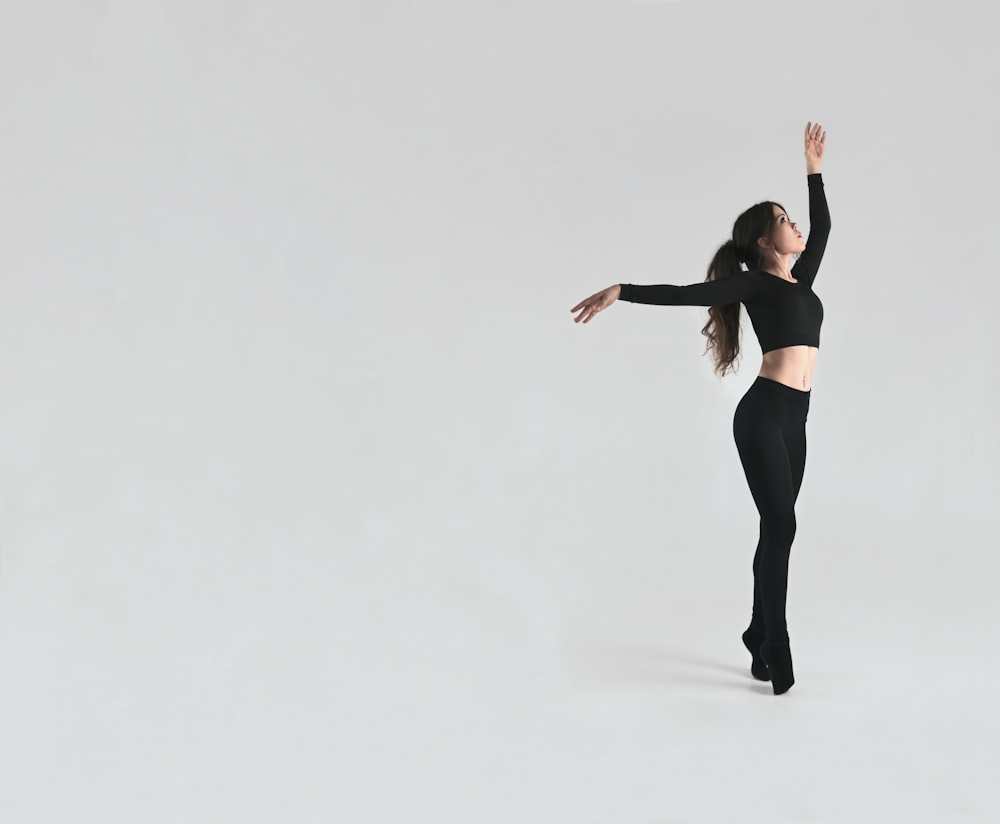Cover photo by Amanda Dalbjörn on Unsplash
Written by Dray Salcido
“The most beautiful experience we can have is the mysterious. It is the fundamental emotion that stands at the cradle of true art and true science.”
-Albert Einstein
Do you struggle with not knowing? Is it hard for you to embrace ambiguity? You’re not alone. Many of us experience this but have little awareness of why. It’s difficult because the most important questions in life don’t have exact answers. A+B does not equal C…it equates to everything and nothing. This is hard for us to fathom because most of us struggle with variability. Us analytical types prefer making the uncertain, certain. I used to try making life measurable, black and white, coherent, and standardized. But, as soon as I developed any definition, it would crumble at the next bend in the road. This article suggests embracing unknowability and describes topics to give an understanding of our enigmatic nature.
Imagination
Remember when you were a child? There was no limit to our wonder. The world really was your oyster. However, our transition to adulthood has a way of challenging us and, in time, our imagination became our worst enemy. This presents itself in the form of self-doubt, worst-case scenarios, and hopelessness. To undo this negative pattern we must practice positive thinking (Orkibi & Ram-Vlasov, 2019). This is why we’ve seen a movement in visualization, affirmations, and the power of intention. Such practices make our imagination work for us again.

Imagination is a mystery because no two minds are alike. This is the essence of creativity. In order to create, we must embrace the unknown and move beyond the senses. We all feel a desire to leave our mark on the world. While it’s not clear as to why we long for innovation, the relation to healthy living is certain. Studies show that creativity releases dopamine. This has a direct correlation to the reduction of “stress, anxiety, depression, and symptoms of PTSD” (Viswanath et. al, 2015). So, listen to your longing, and begin to wonder again.
What imagination and creativity can look like: reading fiction, daydreaming, writing stories, painting, playing or listening to music, dancing, making plans, inventing, drawing, cooking, brainstorming, not taking yourself too seriously, playing games, and much, much more.
Spirituality
Another mysterious part of life is spirituality. Across the world, most cultures engage in mystic practices. Studies show that those who engage in ethereal rituals and habits have lower rates of emotional and mental disorders (Yamada et. al, 2019). How can something so arbitrary have such big, even measurable effects on us? Because spiritual practices invite us to transcend our conditioning and lean into something greater. Dr. Brown said, “I don’t trust a theologian who dismisses the beauty of science or a scientist who doesn’t believe in the power of mystery” (Brown, 2015).
Spirituality isn’t meant to be measured, tested, or proven. This isn’t about right vs. wrong. Nor absolute truth. It’s about living well. It’s about finding meaning and feeling whole. Whatever your spiritual practices are, they will not be fully comprehended by others. Nor should they. Each individual is so different, unique, and complex that our spirits and intuition will always be a mystery.
What spirituality can look like: meditation, mindfulness, acting on gut feelings, genealogy work, service, yoga, religions, travel, mentors, enjoying nature, peace and quiet, reading sacred texts, and much, much more.

Feelings
Perhaps the greatest puzzle of the human experience is our emotions. They come and go; never permanent. We cannot hold them in our hands or calculate “how much” is there. They do not follow exact patterns, and sometimes what we feel is irrational, confusing, or illogical. Nevertheless, they are real and remain. Feelings are completely subjective and complex. As dynamic individuals, we can experience several emotions at once (aka “mixed feelings”). And sometimes we feel the experiences of others without intention (Salcido, 2020). Without feelings, we would have no way of making meaning for our lives. Not to mention – emotionally expressive individuals show to have more satisfying relationships with themselves, others, and the world. Studies validate this idea and conclude that “emotions are an integral part of human life, which [we] cannot afford to ignore” (Bondi, 2005).
Emotion might be strange and ever-changing, but we know that it is the basis for connection. We might never fully understand ourselves or our feelings, but somehow we are all undeniably connected to each other through sentiment.
What feelings can look like: needing to cry for no reason, feeling angry without knowing why, laughing at something tragic or inappropriate (haha), feeling totally scared to do something but certain that it’s right for you, and much, much more.

We are all walking contradictions. We are all black sheep. The reality is many aspects of life are undefinable. In fact, I’d argue that the most impactful life events are rooted in mystery. Imagination, spirituality, and feelings are by no means a comprehensive list of possible life conundrums, but making time for these is a good start to embracing life. It is a vulnerable thing to leave room for the unpredictable, but essential to understanding our mysterious selves.
 Take time this week to lean into mystery. Allow yourself to daydream. Allow yourself to make-believe. Pick up a new hobby you didn’t believe was possible. Allow yourself to believe in miracles and goodness. Listen to your emotions, and act on your gut feelings. Choose something for yourself or from the last part of each paragraph that you’d like to try this week.
Take time this week to lean into mystery. Allow yourself to daydream. Allow yourself to make-believe. Pick up a new hobby you didn’t believe was possible. Allow yourself to believe in miracles and goodness. Listen to your emotions, and act on your gut feelings. Choose something for yourself or from the last part of each paragraph that you’d like to try this week.
References
Bondi, L. (2005). Making connections and thinking through emotions: between geography and psychotherapy. Transactions of the Institute of British Geographers, 30(4).433.
Brown, B. (2015). Rising strong (Unabridged.). New York: Random House Audio.
Orkibi, H., & Ram-Vlasvo, N. (2019). Linking trauma to posttraumatic growth and mental health through emotional and cognitive creativity. Psychology of Aesthetics, Creativity, and the Arts, 13(4), 416-430. https://doi-org.ezproxy.uvu.edu/10.1037/aca0000193
Salcido, D., (2020). https://www.healthyhumansproject.com/heartfulness-understanding-our-deep-feelings-and-empathic-nature/
Viswanath, K., Reddy, K. J., & Reddy, S. V. (2015). Effect of mental health on creativity. Indian Journal of Health & Wellbeing, 6(11), 1109-1113.
Yamada, A.-M., Lukoff, D., Lim, C.S.F., & Mancuso, L. L. (2019). Integrating spirituality and mental health: Perspectives of adults receiving public mental health services in California. Psychology of Religion and Spirituality. https://doi-org.ezproxy.uvu.edu/10.1037/rel0000260.supp (Supplemental)















